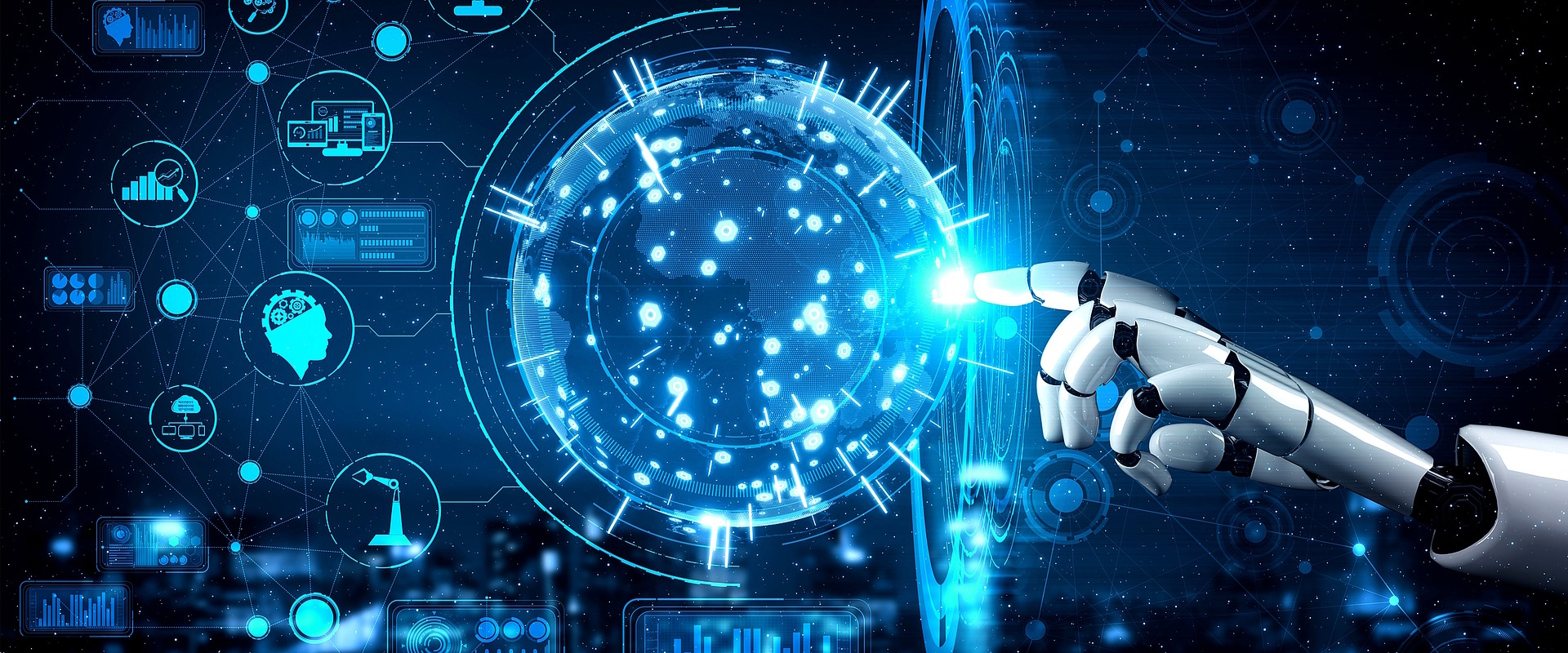
AI (artificial intelligence) for semiconductors! Seriously? AI has done wonders lately in human language modelling (for example ChatGPT). If the AI model did not state that the output was artificial, the average reader would not be able to tell it was artificial. AI does not need to be limited to human languages. AI is now believed to be able to help boost Moore’s Law which has been hitting the wall for a while.
Moore’s Law propelled the PC industry for 50 years since the mid-sixties when Gordon Moore of Intel predicted that computing capabilities (transistor density) would double every 18 months (later adjusted to 2 years). Computing capabilities come from electronics or more precisely semiconductors. The capabilities of a chip such as CPU go up when more semiconductors can be packed into the real estate of the chip. It was obvious to Moore that the separation gap of two conducting lines needed to reduce for the same real estate to have more semiconductors. This idea was the basis of Moore’s Law. The separation distance has reduced by more than 4 orders of magnitude over the years from 100 micron (um) to 10 nano (nm). Intel was the first leading semiconductor foundry in the world to reveal difficulties of going under 10 nano many years ago. Scientists prescribed the final limit (the wall) to be around 1 nano when the leakage of electrons to adjacent conductors could not be controlled. The wall is the graveyard of the law.
Being humans of intelligence, engineers addressed the wall by going around it. This was about the time when a new leader in semiconductors emerged called TSMC based in Taiwan. TSMC succeeded in 3 directions (and a lot more). First is the extension of circuit layout in 2D to 3D. Second is the connection of multiple chips on one physical substrate. Third is challenging the limits of physics by improving the isolation of conducting lines. As of 2023-07, TSMC has 4nm chips in production. The three prongs of attack have helped keep chip capabilities double every two years, roughly.
Human is human. Physics is physics. Engineers capable of working at 7nm and lower are rare (as of 2023-07). The total brain power is not enough to keep the law going too much further. This is where artificial intelligence based on machine learning helps. Machine learning refers to learning from previous experience. It helps through electronic design automation (EDA). Whoever wants chips to perform a specific set of applications needs to provide the design to the foundry. AI is able to do the design based on previous successful human experience. Who can argue against this logic?
As of 2023-07, Nvidia H100 GPU with over 16,000 CUDA cores is the most powerful computing chip. AMD is also a leader with its MI-300X GPU consisting of 153 billion transistors. Interestingly, if their success is enabled by AI, they are pushing the AI development envelop a big step up. It is a positive spiral in action. Both chips were believed to be made by TSMC with 4nm or 5nm process.
The writer expects computing chip capabilities to keep doubling every 2 years till year 2030 when we reach 1nm of foundry process. Quantum physicists and engineers are the ones to penetrate the wall by then.
This article is mostly a summary of the writer’s reading of the subject matter without verification of any sort. It is a standard process for all tech companies including Compucon to stay alert to big trends.
Download this document:
Please note: To download this document, you require to be logged in as a SUBSCRIBER.
